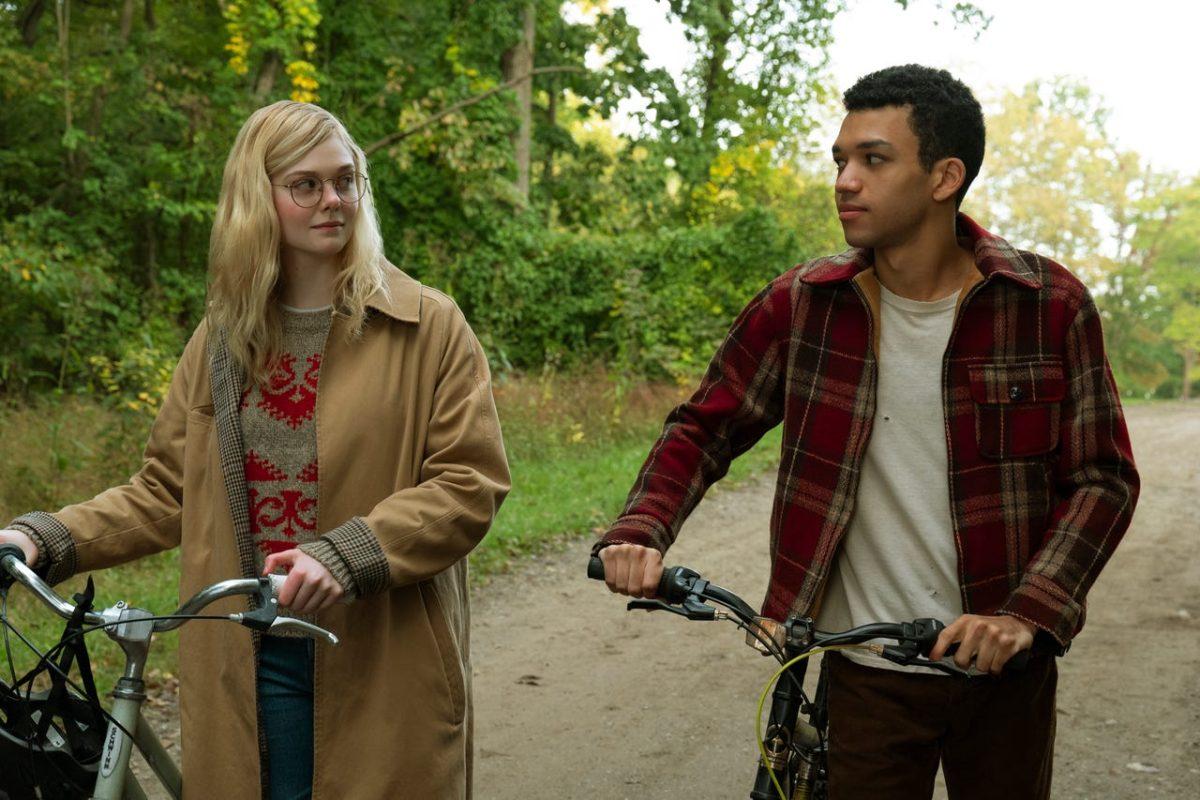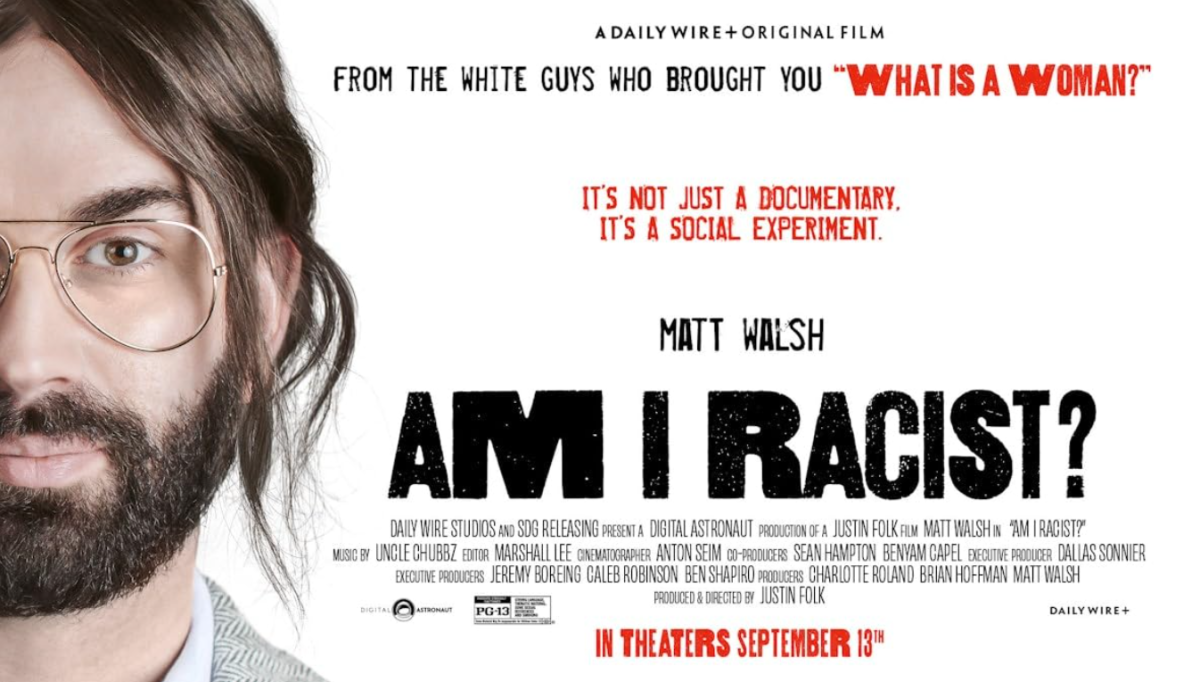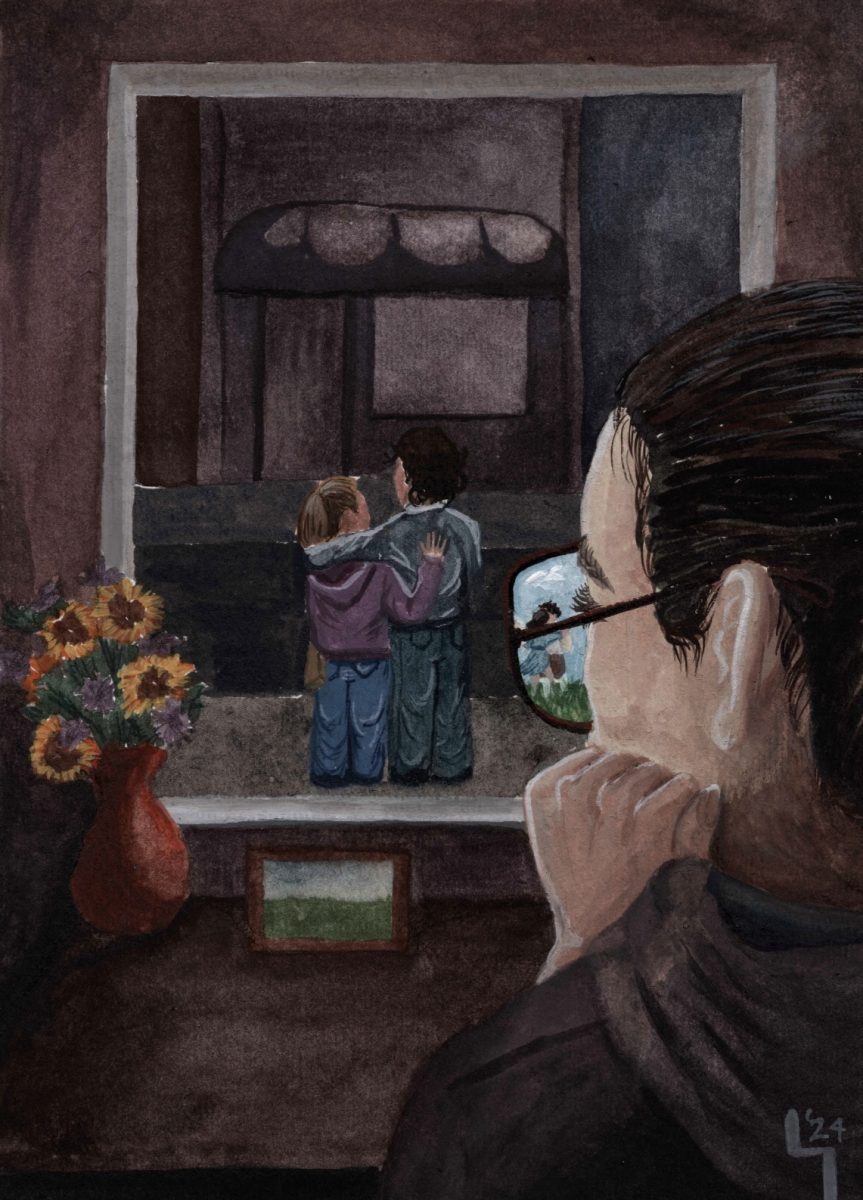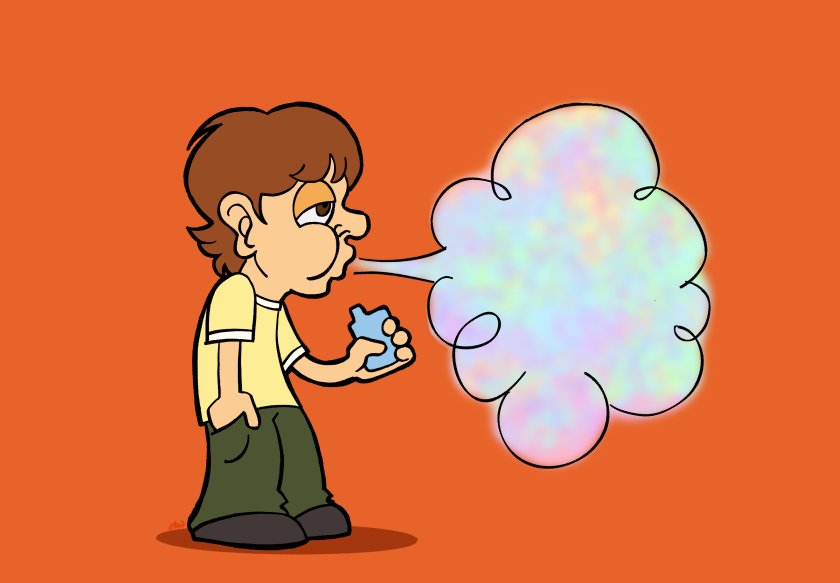“All The Bright Places,” a book written by Jennifer Niven, was brought to life by Brett Haley through a Netflix original film released on Feb. 28. This film focuses on the two opposite characters of Violet Markey, played by Elle Fanning, and Theodore Finch, played by Justice Smith. The entirety of the plot rests on the emotions these characters experience, including grief, joy, confusion and reassurance.
Many films are created as an escape from reality, but in this case, the reality is the film. The volume of emotion in each scene allows the audience to relate to the mental illnesses portrayed. The angle Haley takes throughout the film is incredibly realistic in regard to romance because it is not the ideal situation for falling in love. This makes the film more relatable to the general audience, as they’re shown less of an idealized romance and more something that could happen in the real world. This film portrays the connection between Violet and Theodore not like a relationship between lovers, but more like two souls who mutually build admiration for each other throughout the film.
“All The Bright Places” appeals to a variety of audiences because everyone can closely identify with the raw emotions on display throughout the movie. Grief is a difficult emotion to capture, but “All The Bright Places” does a good job of demonstrating what it looks like inside and out. Much of the beauty of the film comes from Fanning’s embodiment of the complex, shifting emotions in her magnificent performance.
The supporting characters throughout the film are important, but only when they need to be to emphasize the emotion in the scene. Such characters ultimately serve just to support the underlying message. Every scene throughout the film is directed towards capturing grief, as well as many other emotions. However, some scenes could use a better cinematic foundation when trying to specifically convey grief. The dialogue in each scene provides complexity, but can be oversimplified because the film is so focused on showing grief and what it does to people instead of the conversations themselves.
The film really captures a lot of emotions and does a great job of doing so, but it needs a little more to sell the “romance” of the story. This film is considered a part of the romance genre, but fails to show an intimate buildup between the main characters. When looking at the overall message of the film, the good outweighs the bad in the sense that it is still an entertaining film to watch. This film not only highlights the dark aspects of life, but also demonstrates how one brings themself out of the deep pit of depression and maintains a positive mindset. “All The Bright Places” is a heartbreaking film, which allows the audience to think deeper and understand different perspectives of life, not just their own.
‘All the Bright Places’: A warm yet heartbreaking film
March 4, 2020
Photo by Creative Commons
Netflix’s “All The Bright Places” was initially released on Feb. 28.
0
Donate to The Battalion
Your donation will support the student journalists of Texas A&M University - College Station. Your contribution will allow us to purchase equipment and cover our annual website hosting costs.
More to Discover















